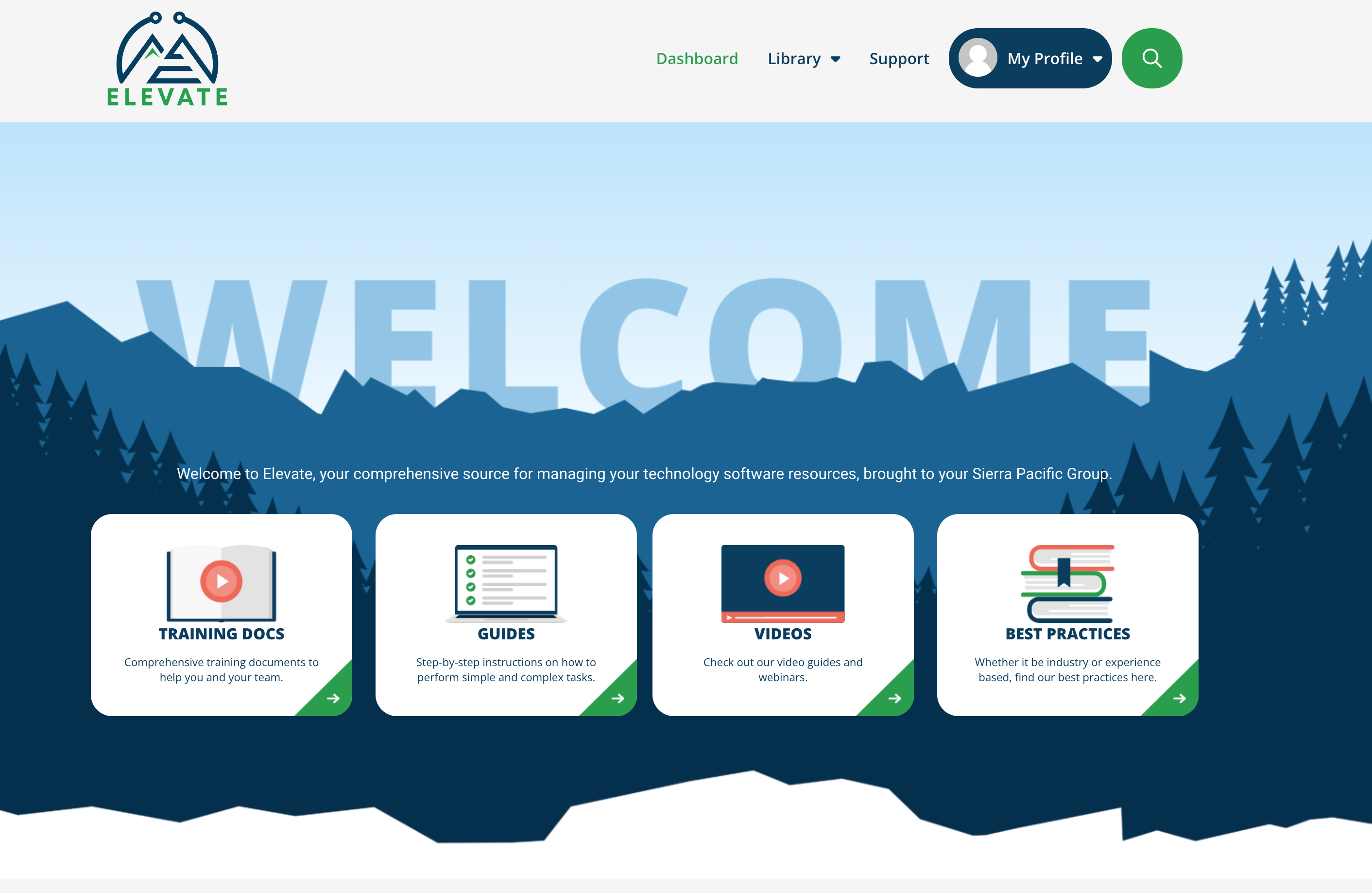What does rapid growth entail?
By definition, it’s the process of surpassing your growth objectives.
Organizationally, it could be physical—or, rapid growth could occur from the perspective of revenue (beyond the standard 20% increase year over year).
Here’s the thing, though: With a major spike in revenue comes more noise. This translates to a barrage of requests, additional hires, and new revenue streams that can be tough to manage.
Why do some businesses fail by doing too much at once? Rapid growth is something of a catch-22.
You see, there is rapid growth, there’s strategic growth, and then there is growing out of control.
So when we talk about failing to grow quickly, we have to define what “quick” really means.
Defining your growth objectives is a solid place to start. By having those growth objectives in the first place, you can determine the benchmarks that reveal whether you’re growing at the right pace.
This will let you in on what you need to do to succeed—beyond simply having a strategic budgeting practice.
The first step is to slow down.
Why should your organization slow down?
To reduce your risk of growing pains, you need to act mindfully.
You need to stick to your timeline, and only make adjustments when necessary. This will keep you from pushing yourself over the edge.
As a leader, when you start to feel frustrated or overwhelmed, it’s because things aren’t going according to plan. This is especially frustrating for people in middle management, who might be short-staffed with limited power, or facing a number of budgetary restrictions.
What’s the solution, then?
People need to focus on achieving all their revenue and operational objectives before hitting the next growth point.
By taking this approach, teams can move from one plateau to the next without falling off-track. Simultaneously, they can meet their financial goals at the same time they meet their maturity goals.
Finances and operations have to move at the same speed—and by building out your budget to match your growth objectives, you can determine:
• Your goals for the year.
• How you are going to reach them.
• How you are going to pay for everything.
With these insights in mind, you can better understand how many clients you should land, what managed services you need, and which types of automation you might introduce.
What should you focus on to achieve optimal growth?
To grow at the right pace, your team has to be knowledgeable enough to identify deficiencies and determine what to invest in.
Once you can read and trust your data, you can act faster—and more strategically.
Here are five items to focus on to achieve optimal growth:
1. Your owner’s business goals.
The owner (or your board) will set the overall tone for your business growth. With that, what do you hope to achieve in a five- or even 10-year window?
2. Your budget.
Fiscally, you need to be responsible with your money so you can invest in what’s most appropriate. Defining your budget can help you stick to your proverbial guns.
3. Your data entry needs.
Your professional services automation (PSA) is essential in that you need to be able to reverse-engineer where your team’s time in going. A 40-hour workweek will maximize productivity.
4. Your customer relationship management (CRM) and sales.
This will let you in on your appropriate pricing, your ideal client from a service and relationship perspective, and the sales boundaries you need to enforce to support your people.
5. Your automation requirements.
Say you have 100 support tickets—and each one takes 15 minutes to resolve. A smart engineer will run a script to bring greater efficiency. As a result, the tickets might only take 10 minutes to resolve, saving you tons of time (and allowing you to grow at the right pace).
The thing is, there’s a ceiling to how much you can do at once. With these items in mind, you can ensure your organization grows at the right pace.





